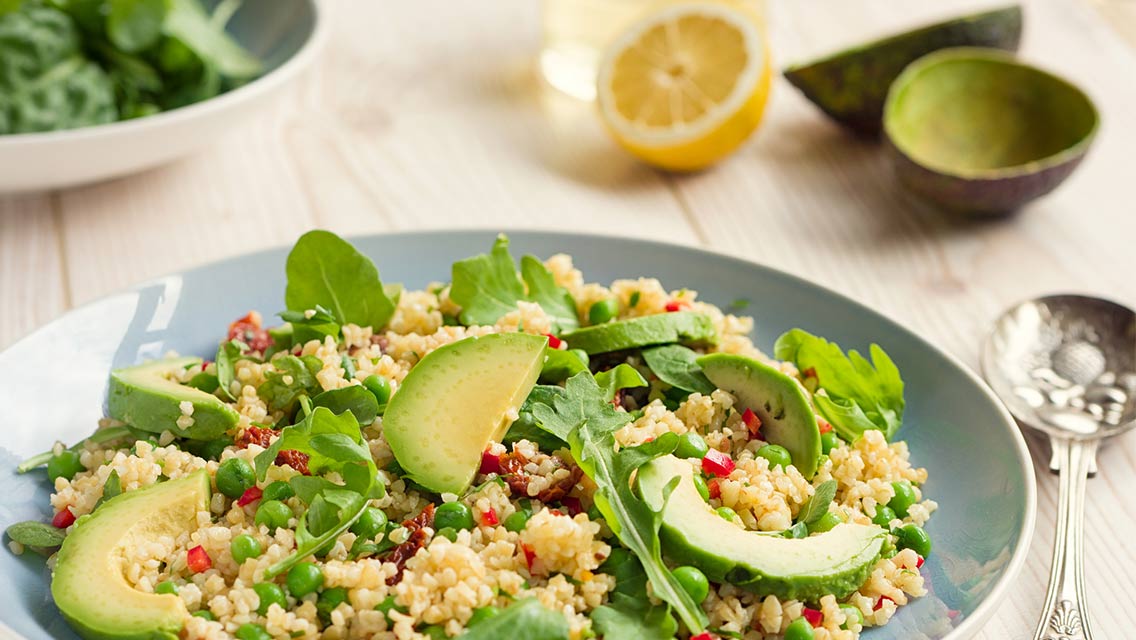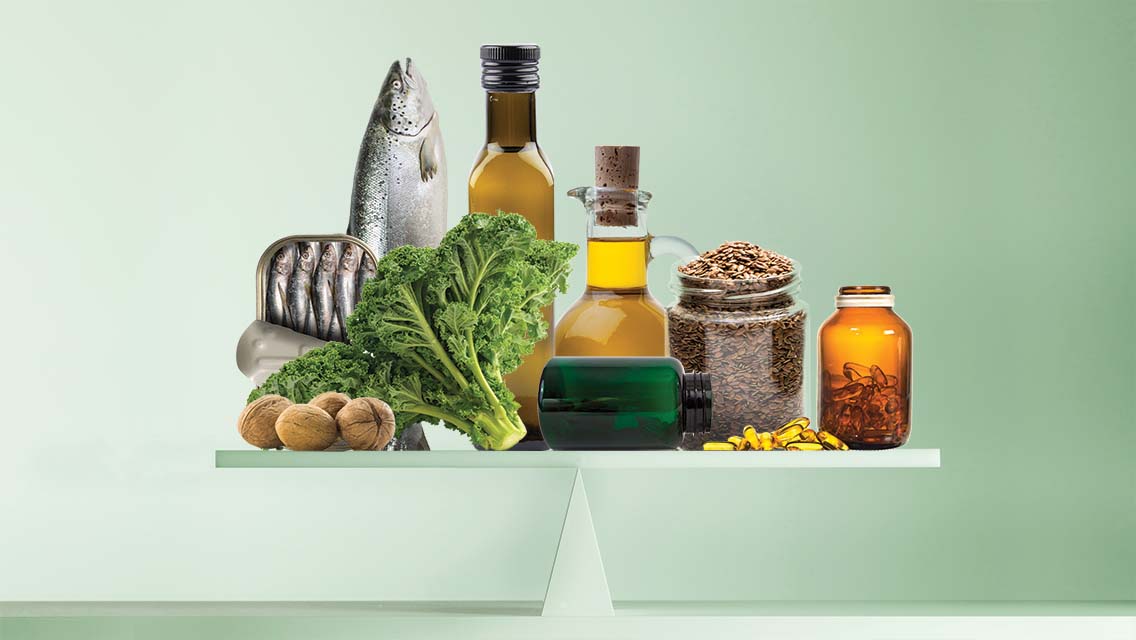See the Bioavailable Buddies Chart
Imagine you eat a handful of almonds. The nuts are a good source of magnesium, but just because you eat them doesn’t mean that all of that nutrient makes its way through your digestive tract and into your bloodstream. In fact, studies show that our bodies absorb only about 30 to 40 percent of the dietary magnesium we consume.
So you aren’t “what you eat,” as the saying goes — you are what your body is able to digest and absorb. In other words, you are what is bioavailable.
The bioavailability of particular nutrients in foods depends on several factors: where the food was grown or made, when it was harvested, how it was prepared, what other foods you eat it with, and various highly individualized physiological traits that affect how your body processes that food.
Still, you don’t have to track your vitamin intake or follow a complicated diet to get the most from what you eat. Instead, you can take a few simple steps to eat with bioavailability in mind.
Choose Whole Foods
The most nutrient-dense diet is built on a foundation of whole foods. Their vitamins, minerals, phytonutrients, fiber, and probiotics work together to support your body’s optimal function.
Yet, as we learn more about the benefits of specific nutrients, we tend to isolate single nutrients and serve them up in the form of supplements. This isn’t always a winning recipe.
Megadoses of a single nutrient can tip your system off balance, leave you lacking in other nutrients, or strand you without elements — such as healthy fats — that make that supplement bioavailable.
That’s not to say you should avoid supplements if you’re at risk of nutrient deficiency or simply looking to achieve optimal health. You don’t, however, need to fill a cabinet with bottles of specific vitamins and minerals.
Instead, focus on whole foods that deliver a rich array of the nutrients you need — including some you might not realize you need. Eating plenty of fresh vegetables and fruits is the most effective way to get the nutrients your body requires; take a high-quality multivitamin to fill in the gaps. (For more on the advantages of whole foods, see “The Whole-Food Advantage”.)
Consider the Source
Where your food is grown, when it is harvested, and when you eat it within its growth cycle can affect its nutritional bioavailability. For example, as your banana ripens, its gut-healthy resistant starch is converted into simple sugars.
Vegetables and fruits are at their nutritional peak when they’re harvested, whether they’re fully ripe or not. Once they’ve been picked, the nutrients start to degrade. (For more on this life cycle, see “The Secret Lives of Fruits and Veggies”.)
That’s one reason why buying fresh, seasonal produce at the farmers’ market is often the healthiest option. Locally farmed kale that was harvested that morning will be more nutrient-dense than kale shipped from hundreds or thousands of miles away.
The soil in which your food is grown is also important. Many modern commercial-farming operations produce vegetables and fruits that are less nutritious than the same crops grown 50 to 70 years ago, due in part to soil-damaging farming practices and pesticide use.
Some ecoconscious farmers rest their soil between crop cycles or thoughtfully rotate the types of seeds they plant, alternating between vegetables that extract nutrients and plants that deposit them. Others use grazing and foraging of livestock to maintain healthy soil. These farms tend to harvest more nutrient-rich crops.
If you’d like greater transparency about harvesting practices and growing cycles, shop your local farmers’ markets, where you can discuss these issues with growers. If that’s not an option, try to purchase organic produce and pastured animal products, both of which support nutrient-rich soil, whenever you can.
Aim for Variety
How you prepare food directly affects the nutrition your body absorbs. For instance, we often hear that boiling vegetables depletes their vitamins and phytonutrients. But that’s only true of veggies with water-soluble nutrients like folate and vitamin C. In fact, boiled sweet potatoes provide highly absorbable beta-carotene, and they’re less likely to spike blood sugar than baked or roasted sweet potatoes.
It’s important, however, to not get mired in the relative benefits between cooking methods. Instead, simply aim to eat a variety of foods prepared in a variety of ways. Most methods of preparation have their benefits.
Be Mindful at Mealtime
How well you digest your food also affects how well you absorb its nutrients. Digestion starts in your mouth, when the act of chewing adds salivary amylase to your food. That enzyme begins breaking down starches in your food even before it reaches your stomach.
When you don’t chew your food thoroughly, the intestines have to work harder to digest it, which can limit nutrient absorption.
There are several other mealtime practices you can try to help increase your meal’s bioavailability:
- Sit down. All too often we eat standing up or while multitasking. Sitting and focusing on your meal will increase the likelihood that you’ll chew thoroughly and consume your meal mindfully.
- Slow down. Many of us are accustomed to speeding through the day. Taking time with your meal can help reduce the stress hormone cortisol, allowing your body to focus on better digestion.
- Put your glass down. It’s common to set a table with a glass of something next to your dinner plate. But fluids can dilute stomach acids, reducing your body’s ability to continue breaking down foods before they enter into your intestines for absorption. During meals and for 30 minutes before and after, aim to keep your fluid consumption to 12 ounces or less.
Bioavailable Buddies
Some nutrients are easier for your body to absorb when paired with others. Try these food combos for some powerful synergy.
| Nutrients | Food Combos |
| Probiotics + inulin | Greek yogurt + sliced banana |
| Fat-soluble vitamins A, D, E and K + healthy fat | Leafy greens + avocado |
| Iron + vitamin C | Steak + bell pepper |
| Sulforaphanes + selenium | Brussels sprouts + salmon |
| Lycopene + healthy fat | Tomatoes sautéed in olive oil |
| Vitamin D + calcium | Eggs + broccoli |




This Post Has 0 Comments